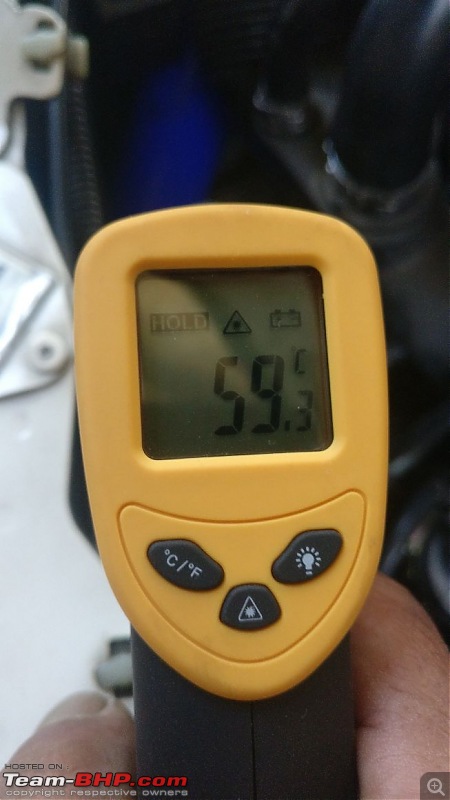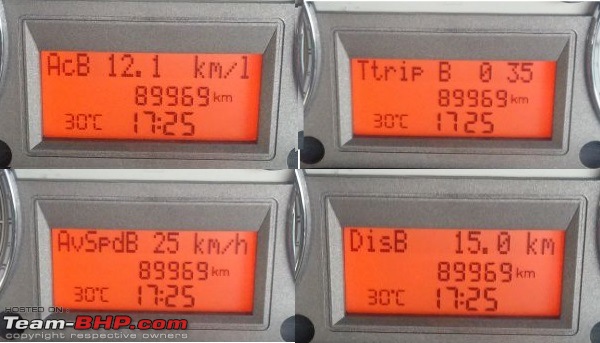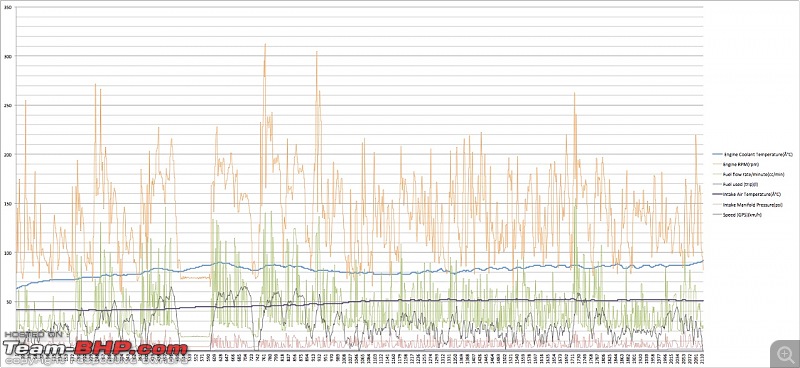| | #16 |
| BHPian Join Date: May 2007 Location: trivandrum
Posts: 368
Thanked: 2,186 Times
| |
| |
| |
| | #17 |
| Senior - BHPian Join Date: Nov 2009 Location: RJ-02,DL,MH-12
Posts: 1,363
Thanked: 2,272 Times
| |
| |  (3)
Thanks (3)
Thanks
|
| | #18 |
| BHPian | |
| |  (4)
Thanks (4)
Thanks
|
| | #19 |
| BHPian | |
| |  (11)
Thanks (11)
Thanks
|
| | #20 |
| Senior - BHPian | |
| |
| | #21 |
| Distinguished - BHPian  Join Date: Oct 2009 Location: Chennai
Posts: 4,437
Thanked: 11,488 Times
| |
| |  (2)
Thanks (2)
Thanks
|
| | #22 |
| BHPian Join Date: Aug 2008 Location: bangalore
Posts: 614
Thanked: 1,804 Times
| |
| |  (1)
Thanks (1)
Thanks
|
| | #23 |
| Distinguished - BHPian  Join Date: Oct 2009 Location: Chennai
Posts: 4,437
Thanked: 11,488 Times
| |
| |
| | #24 |
| BHPian Join Date: Aug 2008 Location: bangalore
Posts: 614
Thanked: 1,804 Times
| |
| |  (6)
Thanks (6)
Thanks
|
| | #25 |
| BANNED Join Date: Mar 2011 Location: hump city
Posts: 1,293
Thanked: 5,892 Times
| |
| |  (5)
Thanks (5)
Thanks
|
| | #26 |
| BHPian | |
| |  (5)
Thanks (5)
Thanks
|
| |
| | #27 |
| BHPian Join Date: Feb 2013 Location: Space-Time
Posts: 485
Thanked: 343 Times
| |
| |  (1)
Thanks (1)
Thanks
|
| | #28 |
| BHPian | |
| |
| | #29 |
| BHPian Join Date: Apr 2013 Location: BLR/CCU
Posts: 154
Thanked: 583 Times
| |
| |  (2)
Thanks (2)
Thanks
|
| | #30 |
| BHPian Join Date: Feb 2013 Location: Space-Time
Posts: 485
Thanked: 343 Times
| |
| |
 |
Most Viewed












